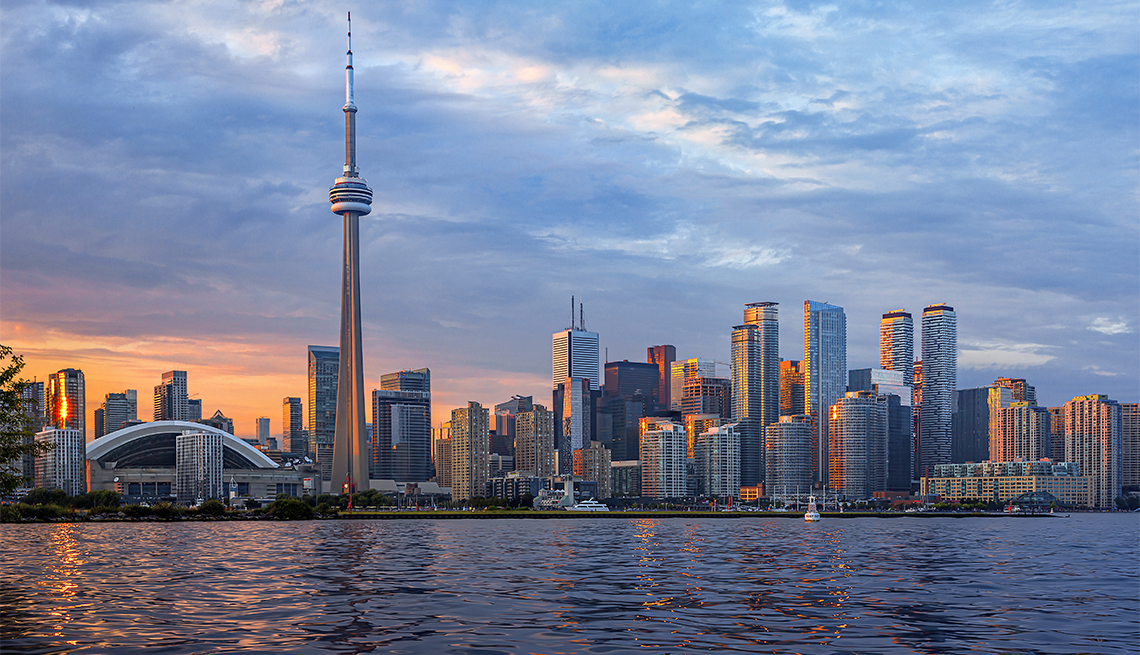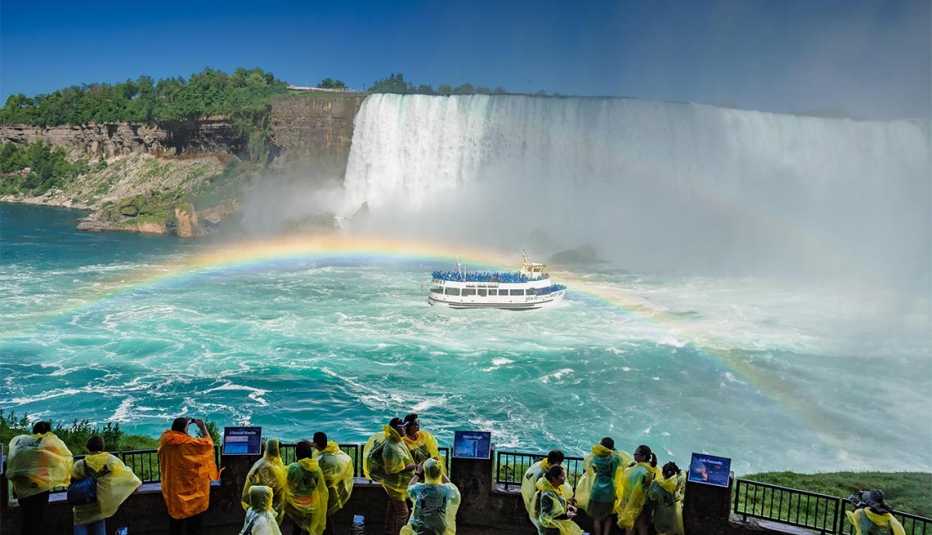AARP Hearing Center
After some 16 months of being shut tight to everyone but essential travelers, the border from the United States into Canada finally reopened in August. Eager to fill their rooms and restaurants, Canadian destinations are rolling out the red carpet and happily welcoming back U.S. travelers, many of them jumping at the chance to visit. Chuck Carson, 72, and his wife, Christine, 71, had been planning a trip from their home in upstate New York to the island province of Newfoundland for years, to retrace Christine’s ancestry and enjoy the coastal scenery along the way. Carson says: “As soon as the border opened, we thought, this is our chance.”
But crossing the world’s longest undefended border still requires quite a bit of planning and preparation. “The biggest, trickiest thing is maneuvering the requirements,” says Julie Gillen, a travel advisor with Toronto-based Travel Agent Next Door. “You need to think about the requirements to enter, but also the requirements once you’re here.” The Carsons carefully researched their trip and noted a number of hurdles along the way. “But once we arrived at the border, it was simple, the gentleman had everything on his screen — he had our forms and vaccination documents online. It took no time at all.”
Here, what you need to know when traveling to Canada in the coming months.
Stay on top of the latest entry requirements
You can only enter if you're fully vaccinated. That means two shots of a COVID vaccine approved in Canada — including any mix of the AstraZeneca, Moderna or Pfizer vaccine — or one shot of the Johnson & Johnson vaccine. Your date of entry must be at least 14 days after you've completed your shots (or shot, in the case of Johnson & Johnson), when you're considered fully vaccinated, and you must present a negative PCR test taken within 72 hours. Important: Antigen tests (sometimes called “rapid tests”) aren’t accepted; you’ll be turned back without a PCR test result. A few visitors are selected for a random PCR test at the border, but if you’re one of those, you’ll still be allowed to enter if everything else is in order. Your results are later sent by email, and you must quarantine for 14 days if you test positive.
In addition, all U.S. visitors need to complete the steps on the ArriveCAN app, which is available via free download. (You can also input the necessary information through a browser version and print off a paper receipt from your computer; if you’re not tech-savvy, ask for assistance from a family member or friend.) In the app, you’ll be asked to upload your proof-of-vaccination documentation, as well as a firm plan for quarantine, a just-in-case measure should the border service officer deem your status for entry unsatisfactory. You’ll need to fill in an address and phone number of a place where you could spend 14 days, if necessary (in the vast majority of cases, it’s not). “We picked a hotel at the St. John’s airport,” says Carson.
Also note that there are re-entry requirements when you're ready to return home. All air passengers coming to the United States, including U.S. citizens and fully vaccinated people, are required to have a negative COVID-19 test result taken within three days of travel or documentation of recovery from COVID-19 in the past three months in order to board a flight home (from any country, not only Canada). The CDC adds that travelers should get tested with a viral test 3 to 5 days after returning to the U.S.



































































